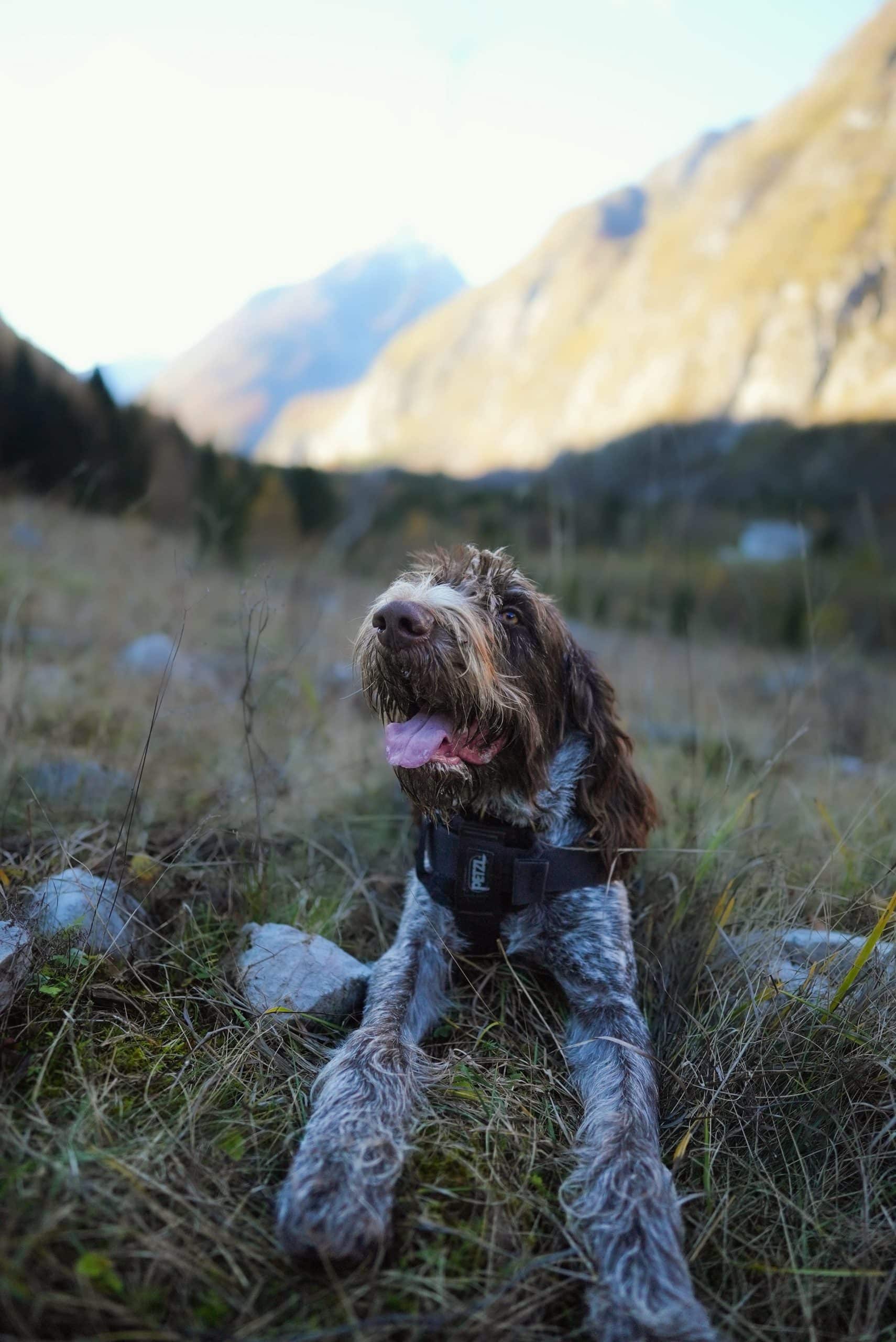Have you ever wondered why some dogs tend to display aggressive behavior? In this article, we will explore the origins of aggressive behavior in dogs and delve into the various factors that contribute to this behavioral trait. By understanding the root causes of aggression in dogs, we can gain valuable insights into how to prevent and manage aggressive behavior, ensuring the well-being and safety of both dogs and their human companions. So, let's embark on this journey and uncover the fascinating world of dog behavior!
Understanding the Root Causes of Aggressive Behavior in Dogs

This image is property of images.pexels.com.
Introduction
Aggressive behavior in dogs can be alarming and challenging to manage, but it is essential to understand that there are underlying reasons for this behavior. In this article, we will explore a range of factors that contribute to aggression in dogs and offer insights into how to address these root causes effectively.
Innate Aggression
Some dog breeds have inherent genetic traits that can predispose them to aggression. For example, certain working breeds were selectively bred for their protective instincts, making them more prone to displaying aggressive behaviors. It is crucial to consider breed characteristics when understanding aggressive tendencies in dogs, as their genetic makeup can influence their behavior.
Fear and Anxiety
Fear and anxiety are significant contributors to aggressive behavior in dogs. Dogs who have experienced past traumatic experiences or lack confidence may respond aggressively as a defense mechanism. Phobias, such as fear of thunderstorms or loud noises, can trigger aggression in dogs. Additionally, separation anxiety can lead to aggression as dogs become highly distressed when separated from their owners.
Territoriality
Dogs are naturally territorial animals, and aggression can arise when they perceive their territory or personal space as being invaded. This territorial aggression is often exhibited when individuals or other animals enter their perceived territory. Dogs may growl, lunge, or bite to protect what they consider their personal domain.

This image is property of images.pexels.com.
Resource Guarding
Resource guarding occurs when dogs become possessive of their food, toys, or other valued possessions. Dogs with this aggressive behavior may growl, snap, or bite when they feel their resources are at risk of being taken away. Resource guarding can stem from a lack of understanding that resources are abundant or inadequate socialization during critical periods of development.
Poor Socialization
A lack of early socialization in a dog's life can contribute to aggressive behavior. Dogs who have not been exposed to a wide range of stimuli during their critical socialization period, typically between 3 to 14 weeks of age, may fear unfamiliar situations and react aggressively. Poor socialization can also affect their ability to interact appropriately with other dogs and humans, leading to defensive aggression.

This image is property of images.pexels.com.
Lack of Training
Proper training plays a vital role in preventing and managing aggressive behavior in dogs. Dogs who have not received basic obedience training may struggle to understand commands or boundaries, increasing their likelihood of displaying aggressive behaviors. Training helps establish clear communication, reinforce desired behavior, and correct unwanted behavior effectively.
Medical Issues
Sometimes, aggression in dogs can be attributed to underlying medical conditions that cause pain, discomfort, or hormonal imbalances. Dogs in pain may become irritable and display aggression as a defense mechanism. Similarly, certain neurological disorders or thyroid problems can impact a dog's behavior, leading to aggressive tendencies. Infections and illnesses can also result in changes in behavior that manifest as aggression.
Pain or Discomfort
When dogs experience pain or discomfort, they may resort to aggression as a means of protecting themselves. Aggressive behavior due to pain can be triggered when sensitive areas of the dog's body are touched or manipulated. It is essential to be aware of signs indicating pain-related aggression, such as growling, snapping, or biting, and seek medical evaluation and treatment promptly.
Hormonal Imbalances
Hormonal imbalances can significantly influence a dog's behavior. For instance, intact male dogs may display aggressive behaviors due to increased testosterone levels and territorial instincts. Female dogs in heat or pregnant can also exhibit heightened aggression due to hormonal changes. Consultation with a veterinarian or veterinary behaviorist can help address and manage hormonal imbalances.
Genetic Predisposition
Genetics can play a part in aggressive behavior in dogs. Some dogs may have a genetic predisposition towards aggression due to their ancestry or breeding history. These genetic factors, combined with other environmental influences, can contribute to the development of aggressive tendencies. It is important to remember that proper training and early socialization can help mitigate the impact of genetic predispositions.
Conclusion
Understanding the root causes of aggressive behavior in dogs is crucial in addressing and managing this issue effectively. Early intervention through proper training, socialization, and addressing potential medical issues or discomfort can help prevent or reduce aggressive behavior. Seeking professional assistance from a qualified dog behaviorist or trainer is highly recommended to develop an appropriate behavior modification plan. Ultimately, promoting responsible ownership and providing a safe and supportive environment for dogs are vital in preventing aggression and ensuring the well-being of our furry companions.


